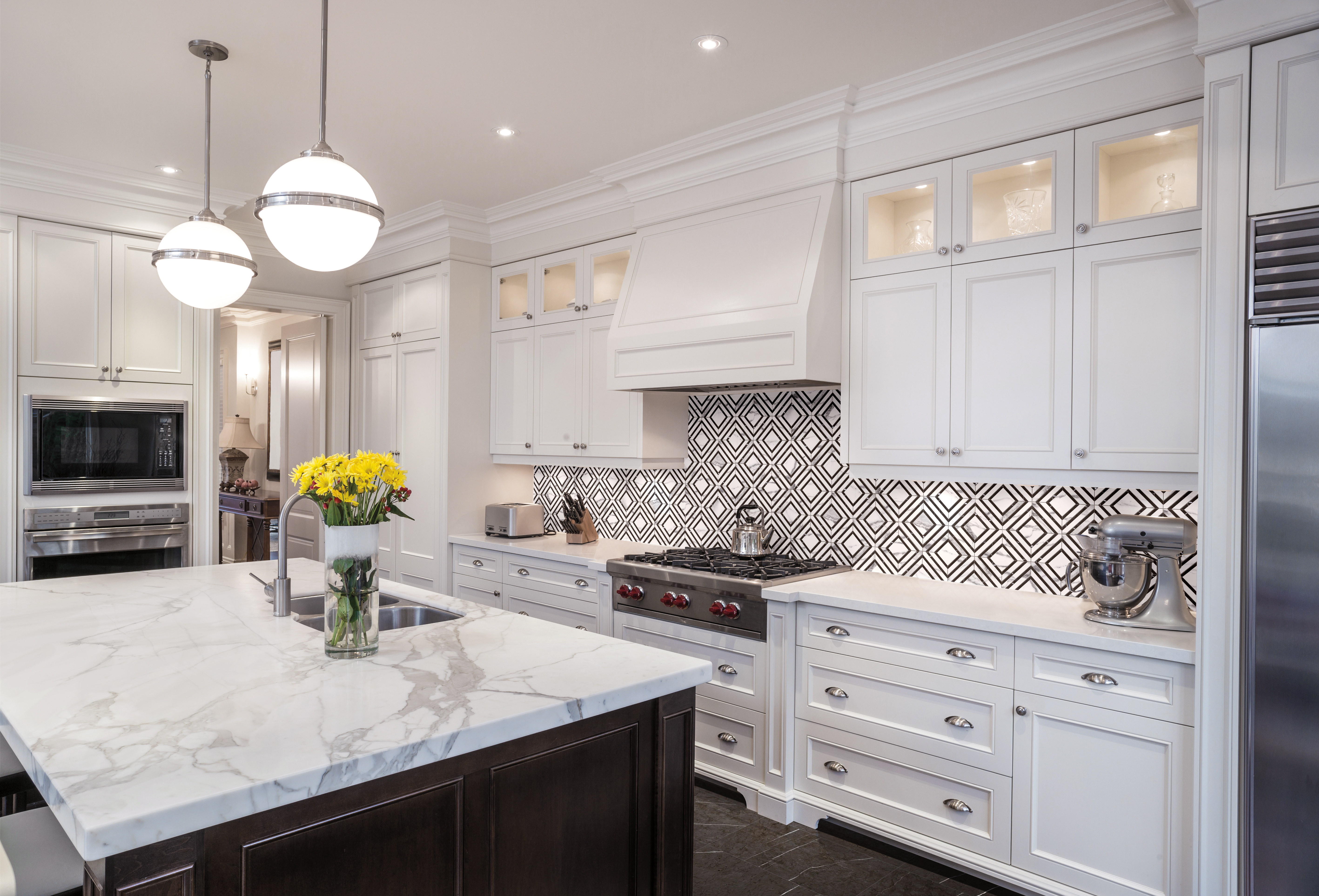Back in the day… Our substrate of choice was mortar and our bond cat was pure cement placed over wet mortar. It didn’t make a difference whether it was a floor or wall, the material was the same, sand and cement. On a knowledge basis, you wanted to make sure the tile was freeze-thaw stable. You also needed to know how your sand and cement would behave. When setting tile into fresh mortar it is typically beat in place, which provides a mechanical lock into the damp or wet mortar with no voids under the tile. These types of installations have been known to last literally thousands of years in exterior installations and are still performed today on a somewhat limited basis. The same type of performance can be achieved with a thinset mortar over a poured slab. Most of the considerations to be made remain the same with exception to the setting materials. Here are some secrets of success and industry recommendations.
Drainage slope – Exterior tile needs to shed water as rapidly as possible. While there is no official “rule” on how much slope is required, the 1/4″ in 10′ used for showers is widely accepted as the bare minimum. This slope needs to be in the slab and should not be made of fill material such as mortar, which is much more porous than concrete and will actually hold the water rather than allowing it to drain. If the slab area must be properly sloped with a fill material, the used of an appropriate properly installed waterproof membrane should be considered mandatory to avoid moisture retention in the fill material. If the area to be tiled abuts a structure, that membrane must be appropriately flashed into the structure and a proper movement joint constructed at the wall line. Not all membranes are suitable for this type of application so choose carefully. In general, avoid using waterproofing in exterior unless there is a specific reason to do so. They can cause nearly as many problems as they solve, particularly when it comes to developing efflorescence issues. When the opportunity presents itself, use of a drainage mat under a mortar bed can be very helpful in promoting rapid drainage of the floor system, greatly reducing efflorescence issues; but remember, the water has to drain to someplace to be effective.
Selection and Application of Setting Materials – Not all thinsets are suitable for prolonged exposure to moisture. In exterior applications it is wise to spend a few extra dollars to insure you are using a good premium bonding material suitable for the application. When using a polymer or latex modified product you must also make sure there are provisions to protect the newly set tile from direct exposure to the sun, which can cause rapid drying and thus low bond strengths. Protection must also be provided in insure the polymers have opportunity to coalesce or dry. This is not the typical tile setter’s 12-hour overnight cure; we are talking days, not hours for many thinsets. Recommendations will vary according to formulations but three to seven days protection should be considered a minimum time frame. If you don’t have the time to wait consider using a rapid-set type materials, but even with rapid-set, a simple overnight cure may not prove adequate.
Thinset coverage is everything when it comes to exterior tile work. The industry recommendation is 95 percent for exterior and wet areas. Failure to achieve good coverage is often responsible for the efflorescence that seems to never go away. Moisture left in voids (i.e. trowel ridges) under the tile will dry out to a gaseous form and pass through the grout joints. As soon as the alkaline laden moisture hits the air, the salts will dry leaving their crystalline deposits behind. Exterior tile work is all about good thinset and coverage. No matter what your troweling technique, you’re likely going to have to flat trowel the backs of the tile if it is of any appreciable size or has one of those moon crater backs. A good grout job, one that is nice and dense, full to the top of the tile or edge of the bevel, sheds water much better than one that is low and soft.
Movement Joints – With sun exposure there are certain to be numerous cycles of pushing (as the tile expands) and pulling (retracting as it cools down). This will likely be over damp thinset which means the bonding strength is less than it would be when dry, as typical in all cement products. With all installations, properly placed and constructed movement joints are critical to long-term performance of exterior or any other type of tile work. Lab test are run all the time on thermal expansion and moisture expansion. Rarely has anything been tested that did not move when exposed to heat and/or moisture. In all but the rarest of instances, exterior tie work dries out completely, and even then, it’s only temporary. Moisture growth in tile is a long-term, one-way growth; it is bound to get bigger. We know that when tile gets copious amounts of sun and thus becomes hot, it grows. During the evenings or periods of non-sun exposure, it contracts. Hence the reasons for more frequent joint spacing in exterior tile work.
Taken from www.ntlfloortrends.com article by Dave Gobis.

